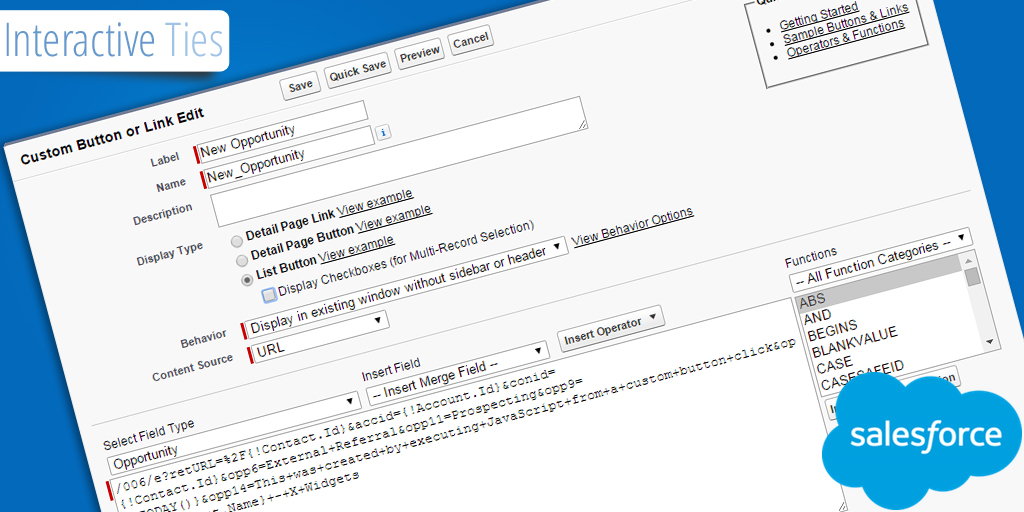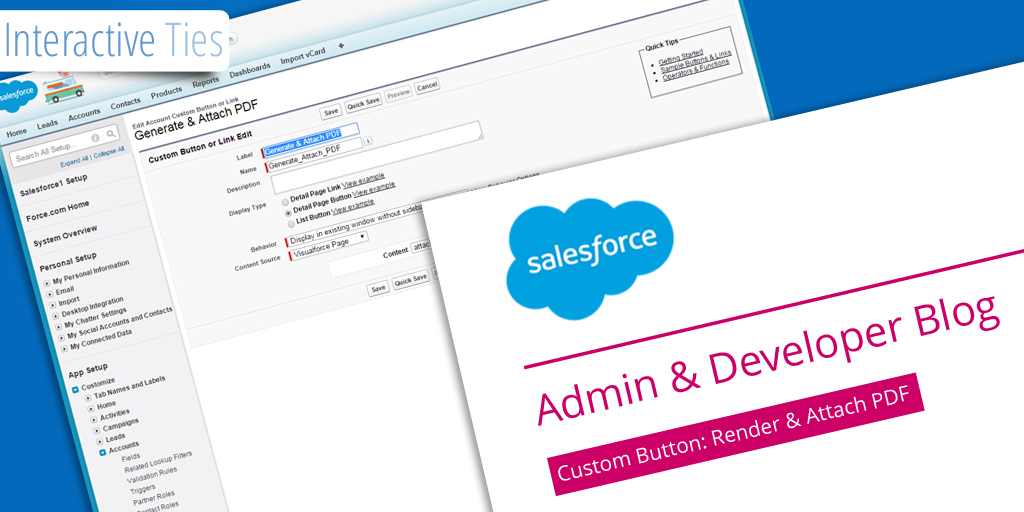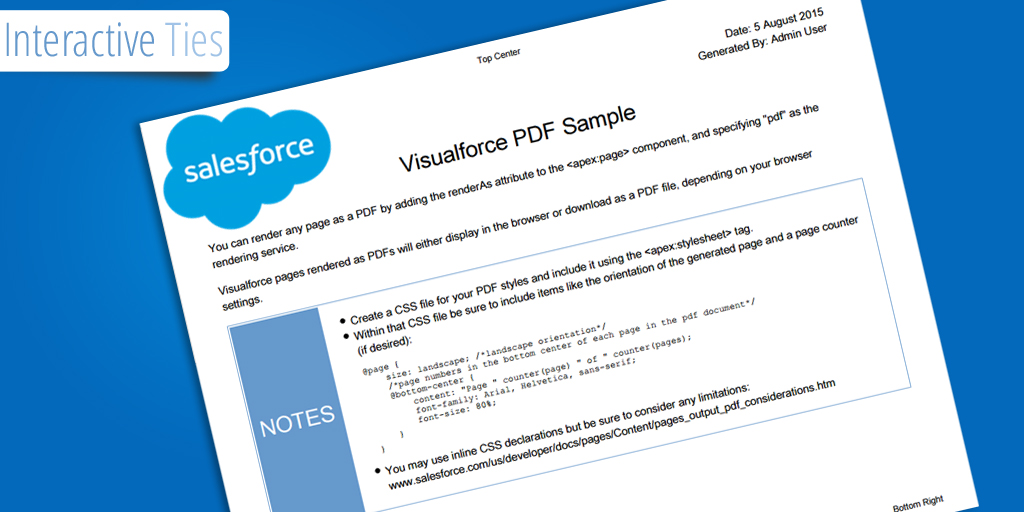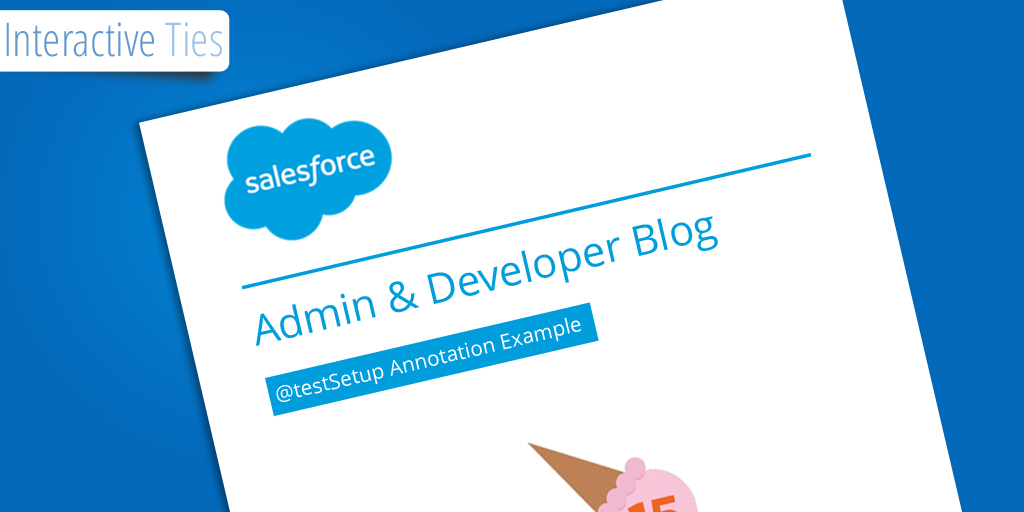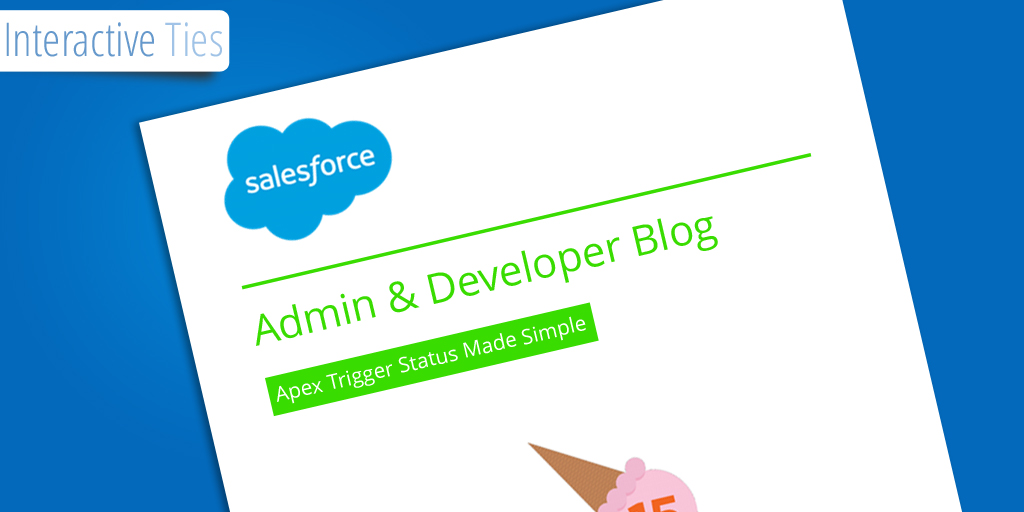Edit Link Override Visualforce Page
I just built a Visualforce application that people can use to associate a number of "child" records to a single "parent" record. Let's say that the application uses the Account object as the standard controller and then we extend the logic so that we can find, manipulate and link many Contact records. The functionality of the application is not important for this post but how we access the application is important. [...]




